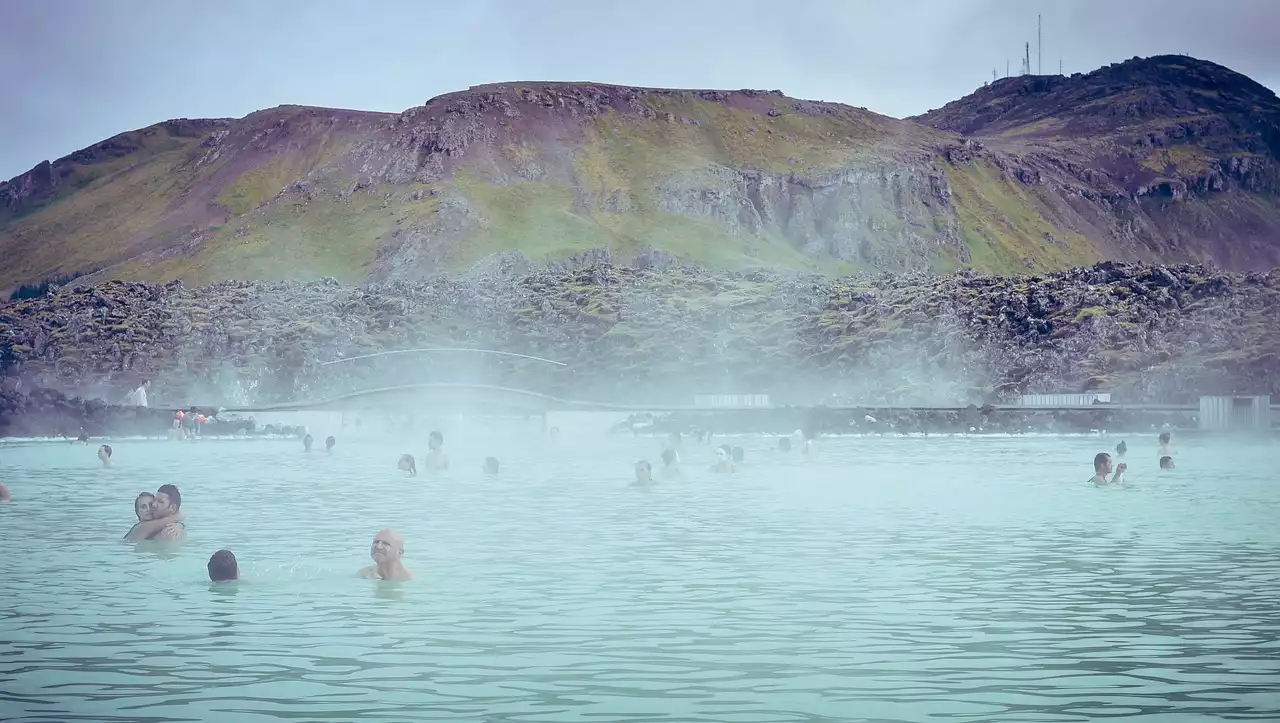Thermal spas are also known as hot springs, which are natural geothermal springs that contain water at a high temperature. The thermal waters at these spas have a temperature of around 40°C and higher, which is much hotter than the usual human body temperature of 35°C. Hot springs are natural phenomena that occur when groundwater comes into contact with an abundant source of heat underground such as magma. As a result, the groundwater gets heated and is expelled from an opening on the surface of the earth in the form of a hot spring. At thermal spas, the water has healing properties and is used for relaxation, massage, or other spa treatments. Keep reading to find out more.
Hot Spring Benefits and Uses
The main benefit of visiting a hot spring is relaxation. The high temperature of the water soothes sore muscles and joints, which makes it a great choice for people with muscle aches and pains. Hot springs are also known for their healing properties. They contain many minerals and trace elements, including calcium, magnesium, potassium, silicon, sodium, sulfur, and fluoride. These minerals have a beneficial effect on your skin, hair, and nails. Hot springs are also great for improving your circulation and digestion. Thermal spas are a great way to relax and unwind after a long week at work. If you’re feeling stressed out or have a lot on your mind, a hot spring is a great way to let go of the tension and calm down. Hot springs are a great choice for those who want to relax but don’t know where to begin. They are accessible to everyone and can be enjoyed by both children and adults.
Types of Thermal Spas
There are a number of types of thermal spas based on their source of water, minerals, and other factors. These types of thermal spas include magnesian, alkaline, sulfuric, and iron.
Magnesian spas: These spas are the most common type of spas and are formed by geothermal water (groundwater) that contains calcium bicarbonate and magnesium sulfate. These spas are found in many places in the world, including Japan and Taiwan.
Alkaline spas: These spas are formed by geothermal water that contains sodium, potassium, and hydrogen carbonate.
Sulfuric spas: Sulfuric spas are formed by geothermal water that contains sulfur and sodium chloride.
What to Expect at a Thermal Spa?
At a thermal spa, you can expect to be greeted by friendly staff members and a relaxing environment. At many spas, you will have the option of taking a bath or a shower inside the spa. While you are in the spa, the hot water will soothe your muscles and relieve stress. If you take a shower inside the spa, you can expect to feel invigorated by the warm water and relaxed by the steam. Most thermal spas offer various spa treatments such as massages, aromatherapy sessions, and body wraps.
Health Benefits of Visiting a Thermal Spa
People visit thermal spas for the numerous health benefits that they provide. These spas are abundant in minerals such as iron, calcium, magnesium, sodium, and potassium. These minerals have a positive impact on your health. They can help improve your metabolism, boost your immunity, and improve your overall health. Visiting a thermal spa can help you relax and unwind after a long week at work. If you’re feeling stressed out or have a lot on your mind, a visit to a thermal spa is a great way to let go of the tension and calm down. Thermal spas are a great choice for those who want to relax but don’t know where to begin. They are accessible to everyone and can be enjoyed by all.
Disadvantages of Thermal Spas
Although thermal spas are great for unwinding and relieving stress, sometimes they don’t provide the best environment for relaxation. Here are a few disadvantages of thermal spas:
- Poor air circulation: Hot water and steam can lead to poor air circulation in the spa. This might cause irritation and breathing difficulties for those who are sensitive to hot and humid environments.
- Bad odors: The presence of bacteria in the water can lead to an unpleasant odor in the spa. If you have sensitive skin, you can get skin rashes from the bacteria in the water.
- Risk of health issues: Thermal spas can pose a risk to your health if you are sensitive to hot water or have certain health conditions such as skin conditions or diabetes.
Conclusion
Thermal spas are natural geothermal springs that contain water with a high temperature of anywhere between 40°C and 100°C. The thermal waters at these spas have healing properties and can be used for relaxation or during spa treatments. Thermal spas provide numerous health benefits such as improving your metabolism and boosting your immunity. If you are looking for a way to relax after a long week at work or want a way to unwind, visiting a thermal spa is a great way to relieve stress, relax, and improve your health.


 Cooking techniques to retain nutrients in your food
Cooking techniques to retain nutrients in your food
 Stress management techniques for a healthier lifestyle
Stress management techniques for a healthier lifestyle
 Is There Actual Causes for Autism?
Is There Actual Causes for Autism? What Powers Different Types of Sauna?
What Powers Different Types of Sauna? The Science Behind the Modern Jacuzzi
The Science Behind the Modern Jacuzzi